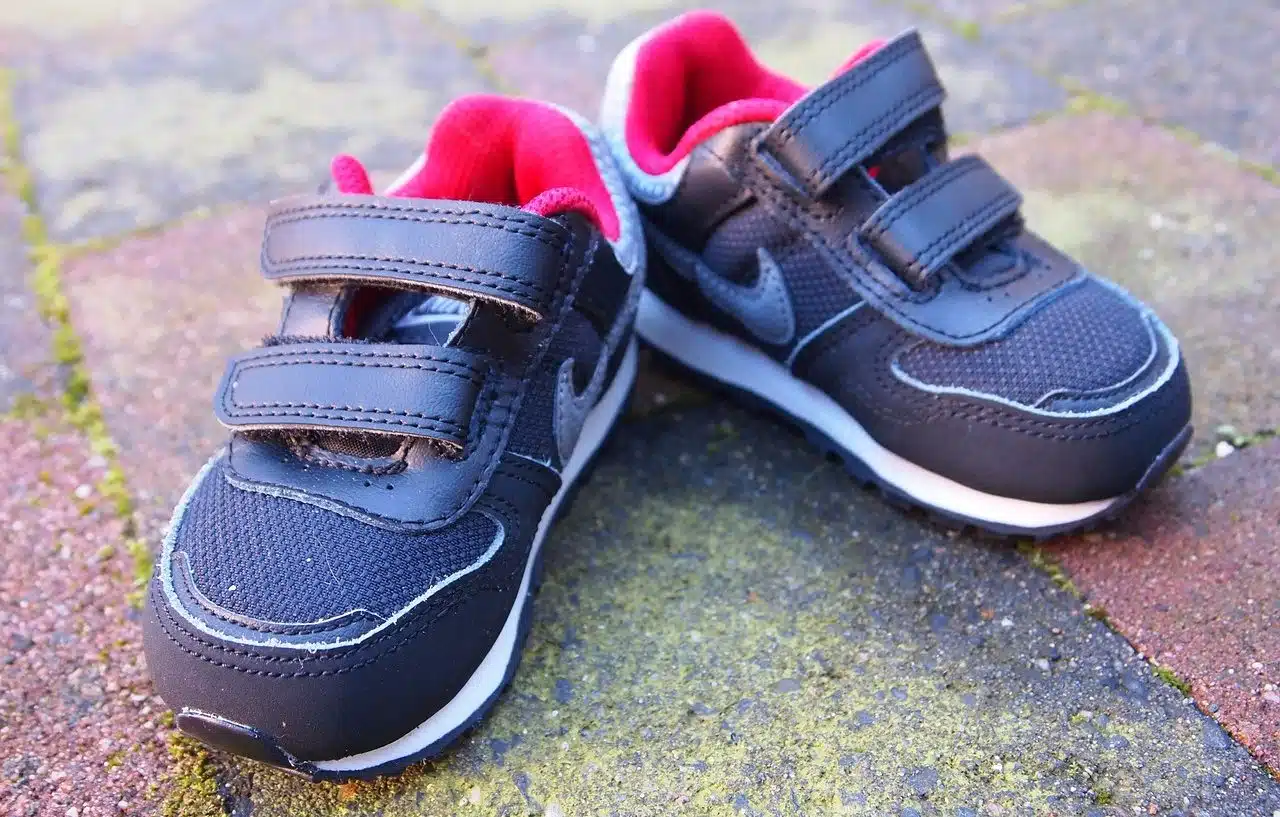
Velcro is a fastening system.
Velcro is an acronym formed by the union of two French terms: (vel)ours and (cro)chet . The compound expression can be translated as “velvet hook” . It is a registered trademark that refers to a system for holding or closing something using two strips that adhere when they are in contact.
Beyond the trademark in question, registered in 1951 , today Velcro is known as the method of closing and opening something easily , simply by making two strips of different fabrics touch each other or separate.
It is worth mentioning that this opening and closing system receives different names in our language depending on the country, as can be seen below: in Argentina , abrojo ; in Bolivia , scratch ; in Colombia , magical closure ; in Cuba , guisaso , sticker and pegueta ; in Spain , self-adhesive closure ; in Guatemala , Pega Pega ; in Mexico , contactel , mozote and hook and felpa ; in Nicaragua , attachinal ; and in the Dominican Republic , cadillo . In most of these regions, on the other hand, using Velcro is also fine.
Velcro operation
For Velcro to work, one tape must have tiny hooks that, when pressed against the other tape, close and hook between the fibers of this second tape. In this way, the grip occurs.
Take the case of pants that are adjusted through a velcro system. At waist height, there should be two strips glued or sewn to the fabric: one with hooks and the other with tangled fibers. When the person puts on the pants and wants to adjust or close them, they must bring the two Velcro strips together and press them together. When you want to take off your pants, you just have to separate both strips.
Currently, Velcro is used in clothing , footwear , bags , belts , gloves and wallets , among other products . Its function is always to allow something to be closed or adjusted easily, without the user wasting time: all they have to do is press and separate the Velcro strips for the system to work.

Velcro is inspired by burdock seeds.
Your story
When reviewing the history of Velcro, we find a very curious fact: it was not humans who invented it, starting merely from their imagination, but rather it is an imitation of the properties of the burdock seed , a plant, which has hundreds of protuberances that we could call "hooks" , which naturally adhere to the tiny loops that cover the hair of people and animals or clothing.
In 1941 , George de Mestral , an engineer from Switzerland , was in the middle of the field with his dog and paid attention for the first time to these particular seeds . Thanks to this arbitrary event, Mestral decided to start working on a system that would replicate the wonderful ability that burdock has to adhere to other surfaces .
His first work was the hook and loop closure for clothing, although over the years this system began to be applied in various fields, ranging from the field of medicine to the army, including gardening items. Despite the particularities of each product, it is important to note that the fundamentals of the mechanism are always the same.
Velcro is just one example of how much nature has helped us solve problems of all kinds in our societies: although human beings tend to think that they are above other species, they depend on a large part of them for many. of the pillars of your organization. Dance, singing, pigments, mirrors, flight and methods of food preservation, such as refrigeration, are other inventions inspired by nature.
